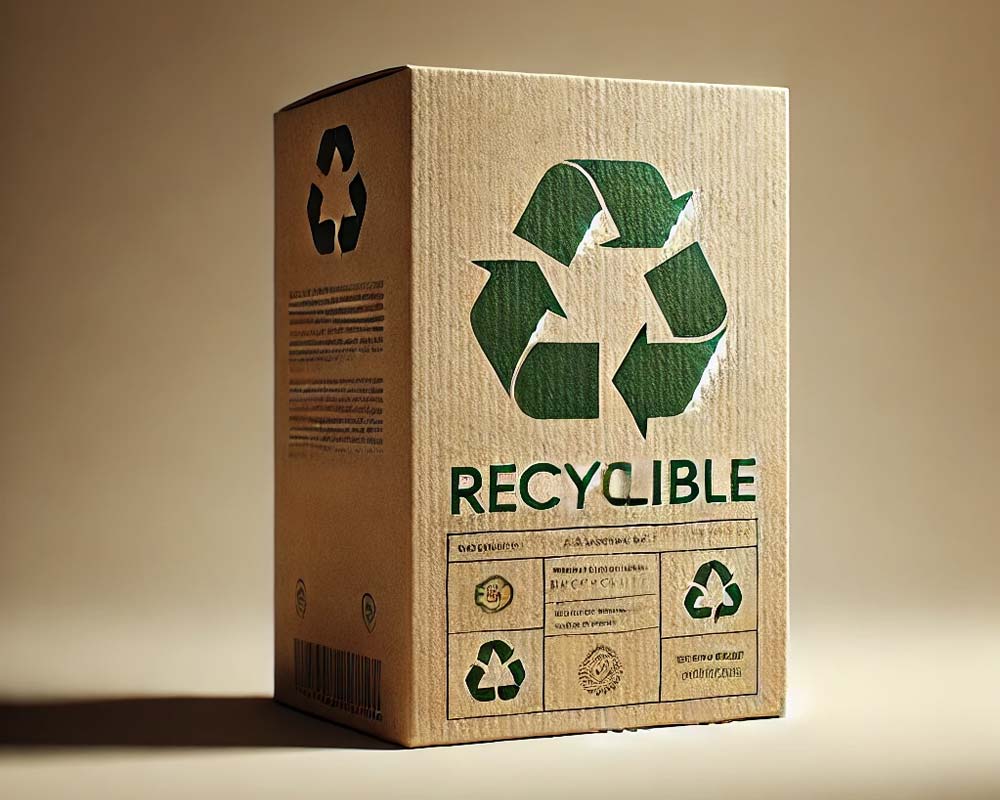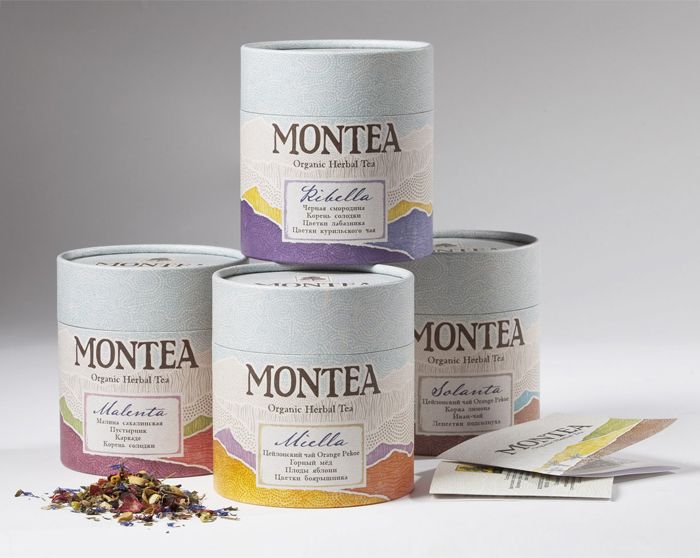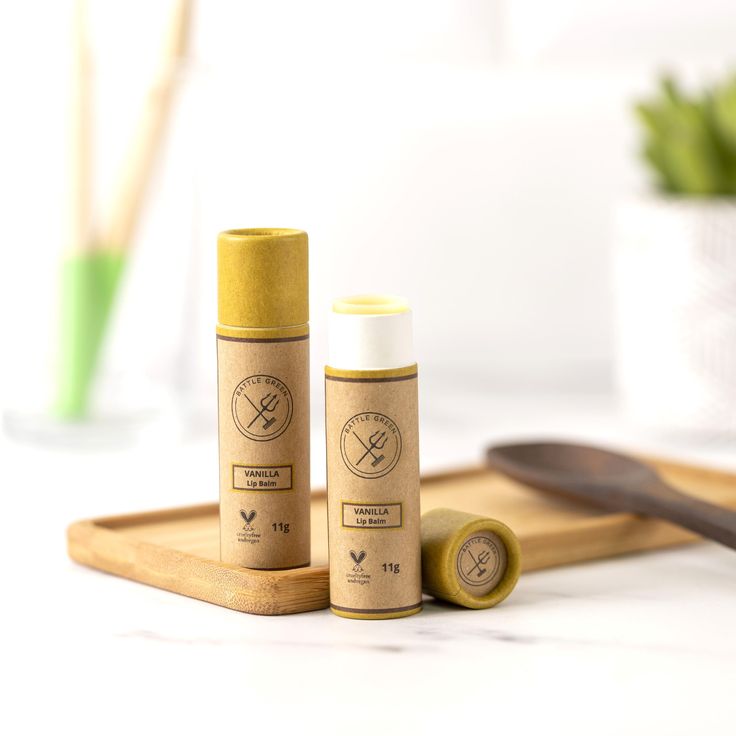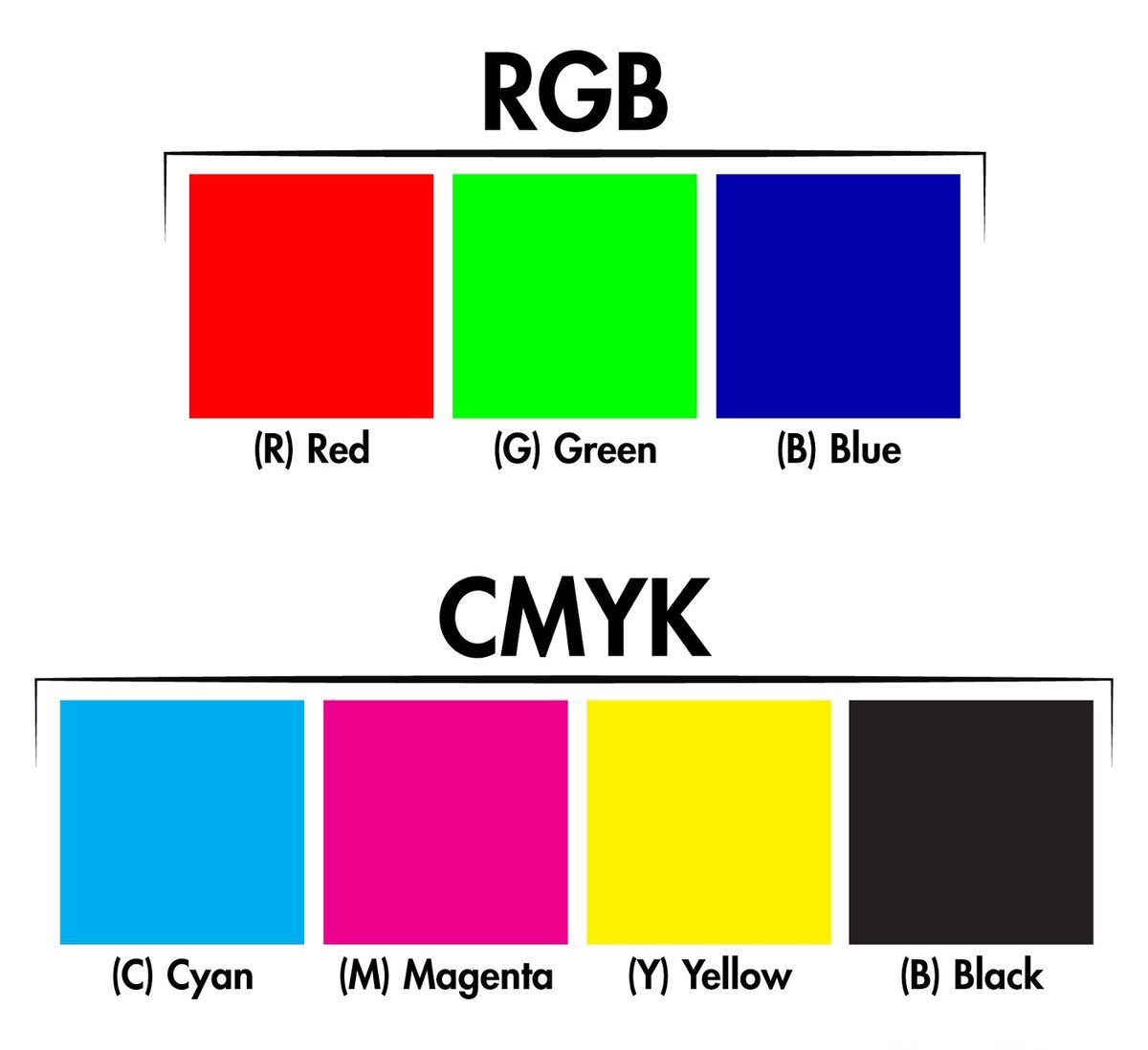
The shift toward paper packaging is a win for sustainability—until you encounter the asterisk: “But wait, is it recyclable?” The answer depends heavily on the coatings or laminations used. As a packaging specialist, I’ll break down the complexities, challenges, and solutions to recycle coated paper packaging, empowering you to make informed choices for a circular economy.
Understanding Coated and Laminated Paper Packaging
Coated paper packaging typically has a layer of materials like plastic, wax, or clay applied to enhance properties such as moisture resistance, durability, or printability. Laminated paper involves bonding paper to other materials, such as aluminum foil or plastic films, to achieve similar enhancements. These additions complicate the recycling process because standard paper recycling relies on breaking down paper fibers, and coatings or laminations can hinder this process.
Why Recycle Coated Paper Packaging Complicate?
Paper’s recyclability hinges on its ability to break down into pulp. However, many food and liquid packages rely on coatings or laminations to add functionality:
Common Coatings: Wax, polyethylene (PE), polylactic acid (PLA), clay (for printability), or water-based acrylics.
Laminations: Layers of aluminum foil, plastic films (e.g., polypropylene), or mixed materials like Tetra Pak’s paper-aluminum-PE combo.
These layers enhance moisture resistance, durability, or aesthetics but create a recycling headache. Traditional paper recycling facilities use pulping to separate fibers, but coatings resist disintegration, clogging machinery or contaminating batches.
Recycle Coated Paper Packaging Process: What Works (and What Doesn’t)
Recycle coated paper packaging requires advanced methods to separate materials effectively:
1. Mechanical Separation
Process: Facilities shred packaging and use screens, centrifuges, or air classifiers to isolate paper fibers from coatings/laminations.
Limitations: Struggles with tightly bonded layers (e.g., aluminum foil).
2. Chemical Treatment
Process: Solvents dissolve adhesives or coatings (e.g., wax, certain plastics), freeing paper fibers.
Example: Hydrothermal processes like Licella’s Cat-HTR™ break down mixed materials at high temperatures.
Caveat: Requires eco-friendly solvents to avoid secondary pollution.
3. Thermal Processes
Process: Heat melts plastic coatings (e.g., PE), allowing paper recovery.
Use Case: Effective for milk cartons but energy-intensive.
4. Specialized Programs
Tetra Pak Recycling: Partners with facilities to recover paper, aluminum, and plastic separately.
PLA Composting: Industrial composting breaks down PLA coatings, but infrastructure gaps persist.
A Guide to Recycle Coated Paper Packaging
| Coating/Lamination | Recyclable? | How to Recycle |
|---|---|---|
| Polyethylene (PE) | Yes (if facilities exist) | Accepted at carton recycling programs. |
| Wax | Rarely | Compost plant-based wax (soy/beeswax); paraffin often ends up in landfills. |
| PLA | No | Industrial composting only. |
| Aluminum Foil | Yes (specialized) | Facilities like TerraCycle recover foil. |
Innovations Overcoming the Barriers
Mono-Material Designs:
Brands like PulPac use dry-molded fiber with inherent moisture resistance, eliminating plastic layers.
Chemical Recycling Breakthroughs:
The Fibre+ Project (EU-funded) enhances recycled fiber quality using enzymes to remove contaminants like ink and adhesives.
Edible/Biodegradable Coatings:
Startups like Notpla replace laminations with seaweed-based layers that dissolve harmlessly.
What Consumers and Brands Can Do
For Consumers:
Check Local Rules: Use tools like How2Recycle to confirm acceptance of coated materials.
Pre-Process: Peel off plastic liners or foil layers before recycling (e.g., tea bag wrappers).
Compost PLA: If industrial composting is accessible (search via Biodegradable Products Institute).
For Brands:
Design for Disassembly: Use water-based adhesives or separable layers (e.g., easy-peel lamination).
Label Clearly: Add instructions like “Recycle with cartons” or “Compost industrially.”
Partner with Innovators: Collaborate with recyclers like TerraCycle or adopt mono-material solutions.
The Future: Closing the Loop
The push for EPR (Extended Producer Responsibility) laws and standardized labeling will streamline recycling. Meanwhile, breakthroughs like nanocellulose barriers and enzyme-driven separation promise to make even complex laminations recyclable.
Final Takeaway:
Recycle coated paper packaging isn’t straightforward—but it’s not impossible. By choosing wisely, advocating for better infrastructure, and embracing innovation, we can ensure paper lives up to its eco-friendly promise.
Got questions about your packaging? Drop us below—let’s build a greener future together! 🌱








